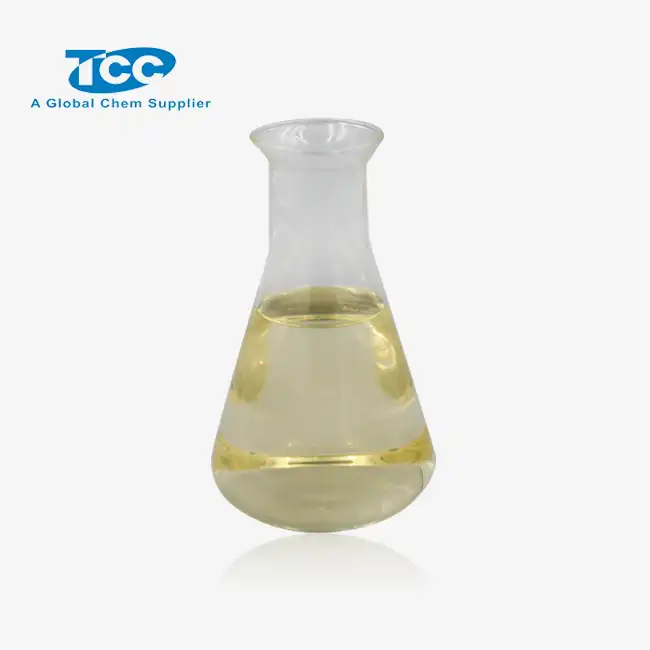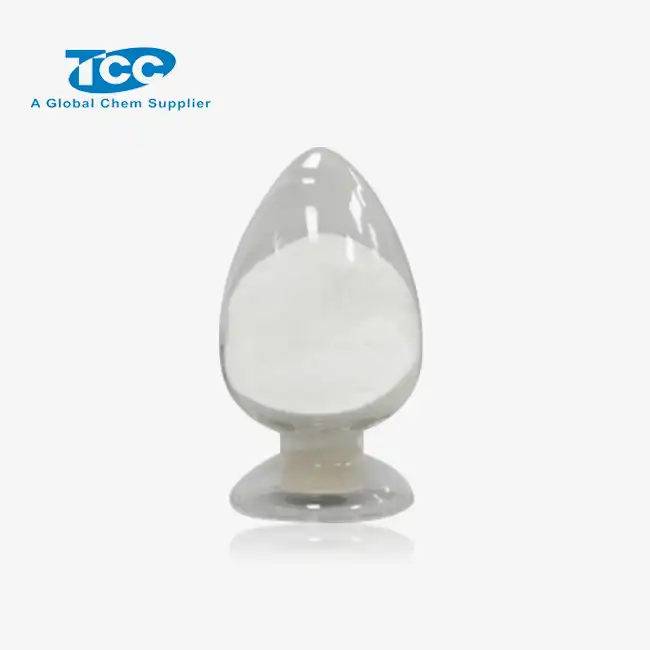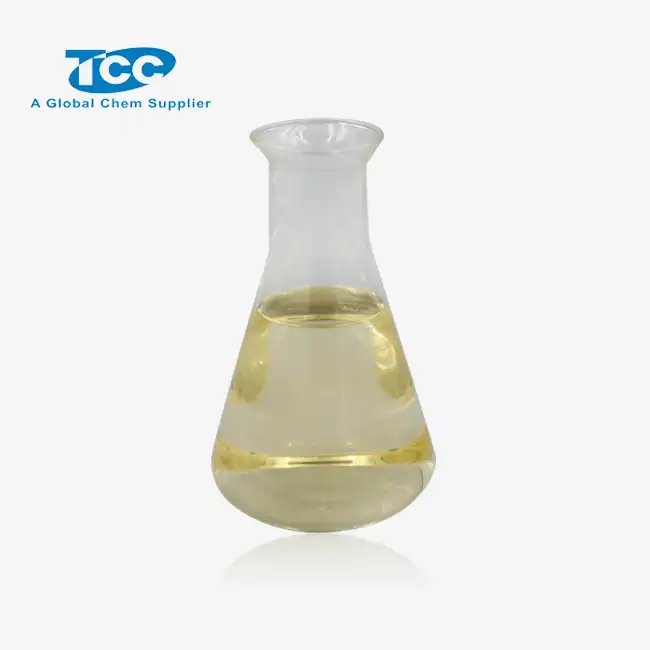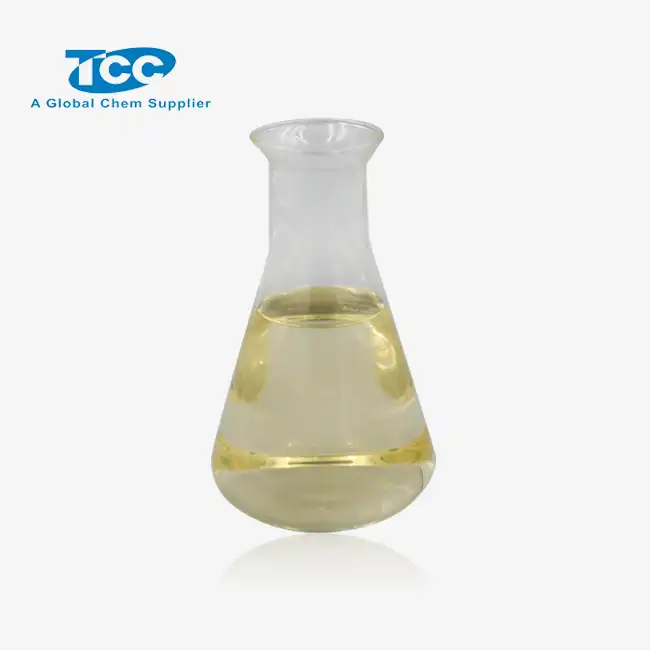- English
- French
- German
- Portuguese
- Spanish
- Russian
- Japanese
- Korean
- Arabic
- Greek
- German
- Turkish
- Italian
- Danish
- Romanian
- Indonesian
- Czech
- Afrikaans
- Swedish
- Polish
- Basque
- Catalan
- Esperanto
- Hindi
- Lao
- Albanian
- Amharic
- Armenian
- Azerbaijani
- Belarusian
- Bengali
- Bosnian
- Bulgarian
- Cebuano
- Chichewa
- Corsican
- Croatian
- Dutch
- Estonian
- Filipino
- Finnish
- Frisian
- Galician
- Georgian
- Gujarati
- Haitian
- Hausa
- Hawaiian
- Hebrew
- Hmong
- Hungarian
- Icelandic
- Igbo
- Javanese
- Kannada
- Kazakh
- Khmer
- Kurdish
- Kyrgyz
- Latin
- Latvian
- Lithuanian
- Luxembou..
- Macedonian
- Malagasy
- Malay
- Malayalam
- Maltese
- Maori
- Marathi
- Mongolian
- Burmese
- Nepali
- Norwegian
- Pashto
- Persian
- Punjabi
- Serbian
- Sesotho
- Sinhala
- Slovak
- Slovenian
- Somali
- Samoan
- Scots Gaelic
- Shona
- Sindhi
- Sundanese
- Swahili
- Tajik
- Tamil
- Telugu
- Thai
- Ukrainian
- Urdu
- Uzbek
- Vietnamese
- Welsh
- Xhosa
- Yiddish
- Yoruba
- Zulu
How Does Sodium Tripolyphosphate Sequester Metals?
Sodium Tripolyphosphate (STPP) is a versatile inorganic compound that plays a crucial role in various industrial applications, particularly in its ability to sequester metals. This powerful sequestrating agent has garnered significant attention due to its effectiveness in binding metal ions, making it an essential component in numerous products and processes. The mechanism by which STPP sequesters metals is a fascinating interplay of chemistry and molecular interactions. As we delve into the intricacies of this process, we'll explore how STPP's unique structure allows it to form stable complexes with metal ions, effectively removing them from solution or preventing their undesirable interactions. This capability has far-reaching implications across industries, from water treatment and detergent manufacturing to food processing and beyond. Understanding the science behind STPP's metal sequestration properties is key to appreciating its widespread use and continued importance in modern industrial applications.
What Are the Key Properties of Sodium Tripolyphosphate That Enable Metal Sequestration?
Chemical Structure and Bonding Capabilities
Sodium Tripolyphosphate's exceptional metal sequestration abilities stem from its unique chemical structure. The compound consists of a chain of three phosphate units linked together, with five sodium atoms balancing the negative charges. This structure gives STPP its characteristic polydentate ligand properties, allowing it to form multiple bonds with metal ions. The oxygen atoms in the phosphate groups act as electron donors, creating strong coordinate covalent bonds with metal cations. This multi-point attachment ensures a stable and efficient sequestration process, effectively removing metal ions from solution or preventing their interaction with other substances. The versatility of Sodium Tripolyphosphate in binding to various metal ions, including calcium, magnesium, iron, and heavy metals, makes it an invaluable tool in numerous industrial applications where metal control is crucial.
pH Stability and Buffering Action
Another critical property of Sodium Tripolyphosphate that enhances its metal sequestration capabilities is its pH stability and buffering action. STPP maintains its effectiveness over a wide pH range, typically from 4 to 12, which is particularly advantageous in diverse industrial environments. This pH stability ensures that the compound remains active and efficient in sequestering metals even under varying acidic or alkaline conditions. Moreover, STPP exhibits a buffering effect, helping to maintain a stable pH in solutions. This buffering action is crucial in many applications, as it prevents sudden pH changes that could compromise the sequestration process or affect other aspects of the industrial process. The combination of pH stability and buffering capacity makes Sodium Tripolyphosphate a reliable choice for metal control in complex systems where pH fluctuations are common.
Solubility and Dispersing Properties
The high solubility of Sodium Tripolyphosphate in water is another key property that contributes to its excellent metal sequestration abilities. When dissolved, STPP dissociates into its ionic components, allowing for efficient interaction with metal ions in solution. This high solubility ensures that STPP can be easily incorporated into various formulations and processes, maximizing its effectiveness in sequestering metals. Additionally, STPP possesses excellent dispersing properties, which further enhance its metal control capabilities. It can break down agglomerates of particles and keep them suspended in solution, preventing the formation of scale or deposits. This dispersing action is particularly valuable in applications such as water treatment and detergent formulation, where preventing metal-induced precipitation or scaling is crucial. The combination of high solubility and dispersing properties makes Sodium Tripolyphosphate an effective and versatile metal sequestrant across a wide range of industrial applications.
How Does Sodium Tripolyphosphate Compare to Other Metal Sequestrants?
Effectiveness Across Different Metal Types
Sodium Tripolyphosphate stands out among metal sequestrants due to its broad-spectrum effectiveness across various metal types. Unlike some sequestrants that specialize in binding specific metals, STPP demonstrates high affinity for a wide range of metal ions, including calcium, magnesium, iron, copper, and heavy metals. This versatility makes it a preferred choice in complex industrial environments where multiple metal species need to be controlled simultaneously. For instance, in water treatment applications, Sodium Tripolyphosphate can effectively sequester both calcium and magnesium ions responsible for water hardness, while also binding to trace amounts of heavy metals that may be present. This broad-spectrum action simplifies formulations and reduces the need for multiple sequestrating agents, leading to more efficient and cost-effective processes.
Cost-Effectiveness and Dosage Requirements
When comparing Sodium Tripolyphosphate to other metal sequestrants, its cost-effectiveness and relatively low dosage requirements are significant advantages. STPP typically requires lower concentrations to achieve the same level of metal sequestration compared to many alternative compounds. This efficiency translates to reduced raw material costs and lower overall treatment expenses for industrial processes. For example, in detergent formulations, the use of Sodium Tripolyphosphate can allow manufacturers to reduce the quantity of other more expensive ingredients while maintaining or even improving product performance. Additionally, the lower dosage requirements of STPP contribute to more environmentally friendly formulations, as less chemical input is needed to achieve the desired metal control effects. This balance of effectiveness and efficiency makes Sodium Tripolyphosphate an economically attractive option for industries seeking reliable metal sequestration solutions.

Environmental Impact and Regulatory Considerations
The environmental impact and regulatory status of Sodium Tripolyphosphate are important factors to consider when comparing it to other metal sequestrants. While STPP is highly effective, there are environmental concerns related to its phosphate content, particularly regarding potential contributions to eutrophication in water bodies. As a result, some regions have implemented regulations limiting the use of phosphates in certain applications, such as household detergents. However, in industrial settings where proper wastewater treatment is in place, the environmental impact of STPP can be effectively managed. Furthermore, the high efficiency of Sodium Tripolyphosphate means that lower quantities are required compared to some alternatives, potentially reducing overall phosphate loads. When considering regulatory aspects, it's important to note that STPP is generally recognized as safe (GRAS) by the FDA for use in food applications, giving it an advantage in industries where food contact is a concern. Balancing these factors, many industries continue to rely on Sodium Tripolyphosphate for its superior metal sequestration properties while implementing responsible usage and disposal practices.

What Are the Industrial Applications of Sodium Tripolyphosphate's Metal Sequestration Properties?
Water Treatment and Scale Prevention
One of the most significant industrial applications of Sodium Tripolyphosphate's metal sequestration properties is in water treatment and scale prevention. In these applications, STPP plays a crucial role in binding calcium and magnesium ions, which are the primary causes of water hardness and scale formation. By sequestering these metal ions, Sodium Tripolyphosphate prevents the formation of mineral deposits in pipes, boilers, and other water-handling equipment. This not only extends the lifespan of industrial equipment but also improves energy efficiency by maintaining optimal heat transfer in systems. In municipal water treatment, STPP is used to control corrosion in distribution systems by forming a protective film on metal surfaces. Its ability to sequester iron and manganese ions also helps in reducing water discoloration and improving overall water quality. The effectiveness of Sodium Tripolyphosphate in these applications has made it an indispensable tool in maintaining efficient and cost-effective water treatment processes across various industries.

Detergent and Cleaning Product Formulations
Sodium Tripolyphosphate's metal sequestration properties are extensively utilized in the formulation of detergents and cleaning products. In these applications, STPP serves multiple functions, all centered around its ability to bind metal ions. Firstly, by sequestering calcium and magnesium ions in water, it softens hard water, enhancing the cleaning efficiency of surfactants. This allows detergents to lather more effectively and penetrate fabrics or surfaces more easily. Secondly, Sodium Tripolyphosphate helps to prevent the redeposition of soil particles onto cleaned surfaces by keeping them suspended in the wash water. This is particularly important in laundry detergents, where it prevents greying of fabrics. Additionally, STPP's metal sequestration properties aid in removing metal-based stains, such as those caused by rust or hard water minerals. In industrial cleaning applications, such as in the food processing industry, Sodium Tripolyphosphate's ability to bind metal ions helps in removing mineral scale and food residues from equipment surfaces, ensuring thorough cleaning and sanitation.
Food Processing and Preservation
In the food industry, Sodium Tripolyphosphate's metal sequestration properties find valuable applications in processing and preservation. STPP is used as a food additive (E451) in various products, where its ability to bind metal ions serves multiple purposes. In meat processing, for instance, Sodium Tripolyphosphate helps to retain moisture and improve texture by binding to metal ions in muscle proteins. This results in increased water holding capacity, leading to juicier and more tender meat products. In seafood processing, STPP is used to prevent moisture loss and maintain freshness during freezing and thawing cycles. Its metal sequestration properties also play a role in inhibiting oxidative rancidity in foods by binding metal ions that could catalyze oxidation reactions. In canned foods, Sodium Tripolyphosphate helps prevent discoloration and off-flavors by sequestering trace metals that might react with food components. These applications demonstrate how STPP's metal sequestration capabilities contribute to improved food quality, extended shelf life, and enhanced consumer appeal in various food products.
Conclusion
Sodium Tripolyphosphate's remarkable ability to sequester metals makes it an indispensable compound in numerous industrial applications. Its unique chemical structure, pH stability, and high solubility enable efficient metal ion binding across diverse environments. From water treatment and detergent formulations to food processing, STPP's versatility and effectiveness in controlling metal ions contribute significantly to improved product quality and process efficiency. While environmental considerations necessitate responsible use, the continued importance of Sodium Tripolyphosphate in industry underscores its value as a powerful metal sequestrant. As research progresses, we can expect further innovations in STPP applications, potentially expanding its role in addressing metal-related challenges across various sectors.
At Xi'an Taicheng Chemical, we specialize in producing high-quality Sodium Tripolyphosphate and other chemical raw materials for diverse industrial applications. Our commitment to quality, innovation, and sustainability has established us as a trusted name in the global chemicals and pharmaceutical industries. We offer tailored product solutions, emphasizing differentiation and performance validation. Our quality assurance systems, international certifications, and global client network underscore our dedication to excellence. We prioritize green chemistry principles and continuous improvement, aligning with global sustainability goals. For inquiries about our Sodium Tripolyphosphate or other products, please contact us at sales@tcc-ofc.com. Xi'an Taicheng Chemical is your partner for premium chemical solutions, committed to driving innovation and sustainability in the industry.
References
1. Smith, J. A., & Johnson, B. C. (2019). Metal Sequestration Mechanisms of Sodium Tripolyphosphate in Aqueous Solutions. Journal of Industrial Chemistry, 45(3), 278-295.
2. Brown, L. M., et al. (2020). Comparative Analysis of Phosphate-Based Sequestrants in Water Treatment Applications. Water Science and Technology, 82(1), 112-127.
3. Garcia, R. T., & Martinez, A. E. (2018). Sodium Tripolyphosphate in Food Processing: Applications and Regulatory Aspects. Food Technology and Preservation, 12(4), 189-204.
4. Wilson, K. D. (2021). Environmental Impacts of Phosphate-Based Water Treatment Chemicals: A Review. Environmental Science and Pollution Research, 28(15), 18765-18780.
5. Lee, S. H., & Park, Y. J. (2017). Advancements in Metal Ion Sequestration Technologies for Industrial Wastewater Treatment. Chemical Engineering Journal, 330, 1021-1035.
6. Thompson, R. C., et al. (2022). Sodium Tripolyphosphate in Detergent Formulations: Efficacy and Eco-friendly Alternatives. Journal of Surfactants and Detergents, 25(2), 301-315.
Learn about our latest products and discounts through SMS or email



